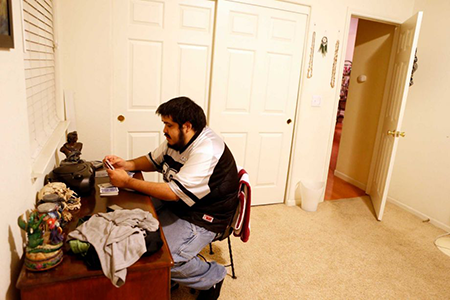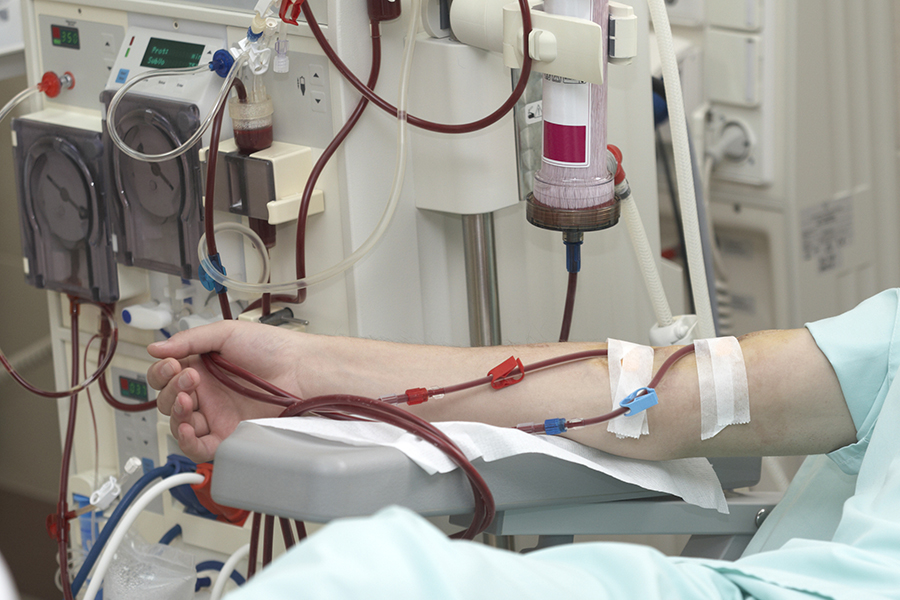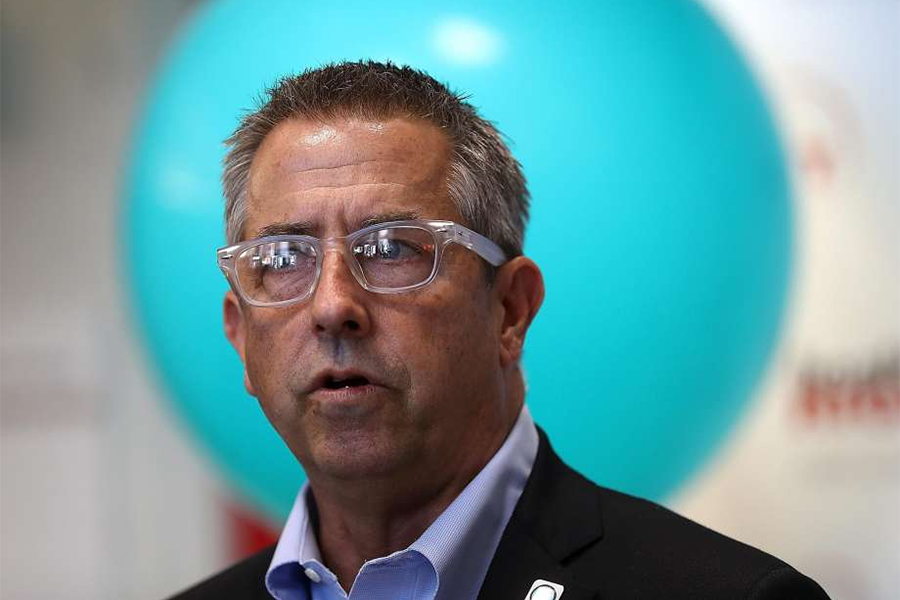By Victoria Colliver for The San Francisco Chronicle/SF Gate
Manuel Cero can control his most severe seizures with medications, but the 34-year-old Brentwood man still has sporadic seizures despite having tried everything available to stop them. That puts Cero among a third of people with epilepsy.
Typically for patients like Cero, their epilepsy originates in more than one part of the brain. They’re not good candidates for surgery to remove the affected part of the brain, and they don’t fully respond to antiseizure drugs.
Now doctors have something to offer them. Last year, federal regulators approved a device developed by NeuroPace, a Mountain View company, that can detect the abnormal electrical activity in the brain that precedes an epileptic seizure and deliver an imperceptible electrical charge to stop it.
Cero in August became UCSF’s first patient to be implanted with the NeuroPace system.
The procedure involves taking out a small piece of skull and putting in the microprocessor-controlled device connected to two wire leads with several electrodes. Those contacts are placed in the brain where doctors think a patient’s seizures originate.
“We think it’s huge,” said Katherine Keeney, president of the Epilepsy Foundation of Northern California, where the organization says an estimated 140,000 epileptics reside. “These patients just don’t have a lot of choices, and we’re thrilled people have more things they can try.”
Read the Full Article at the San Francisco Chronicle/SF Gate.






















